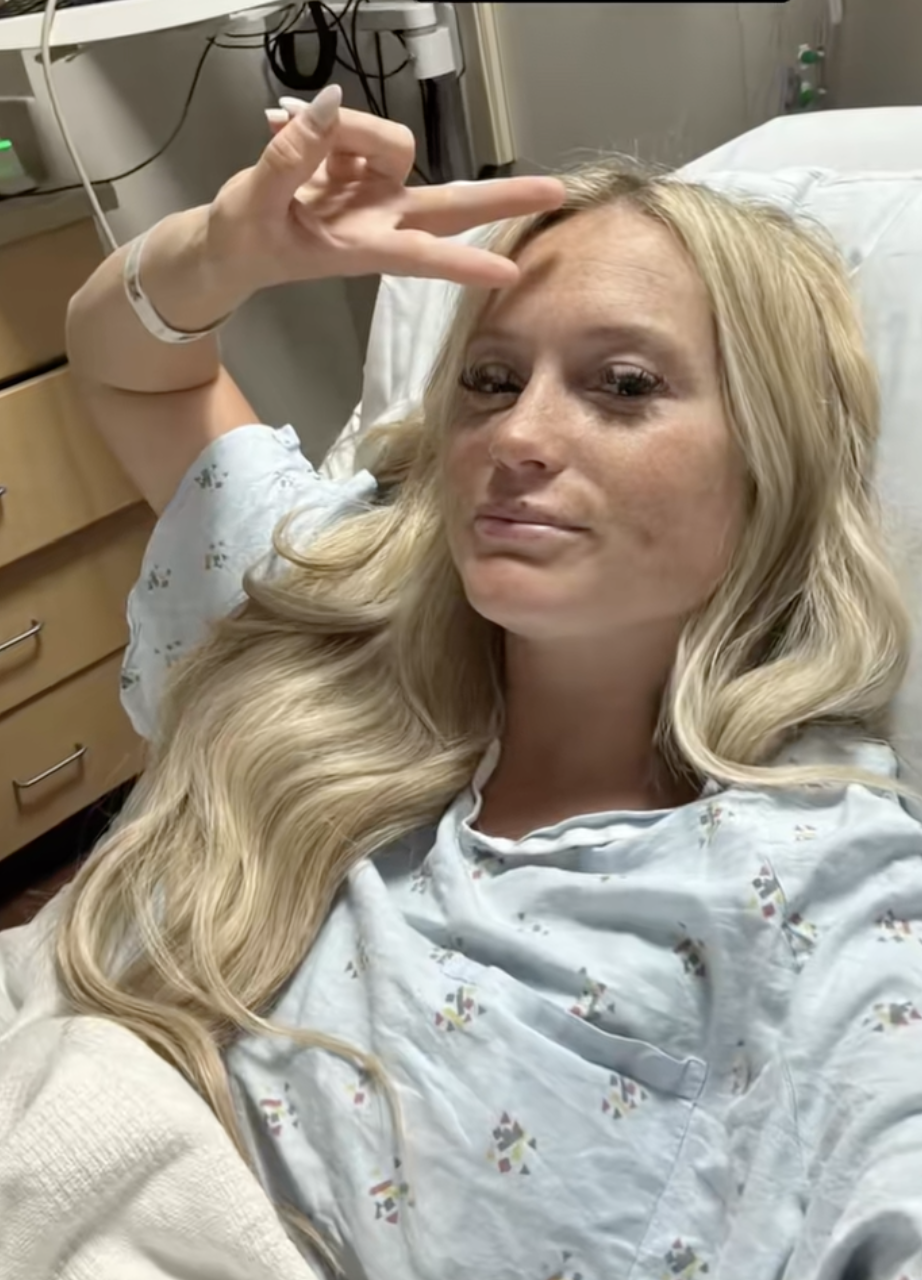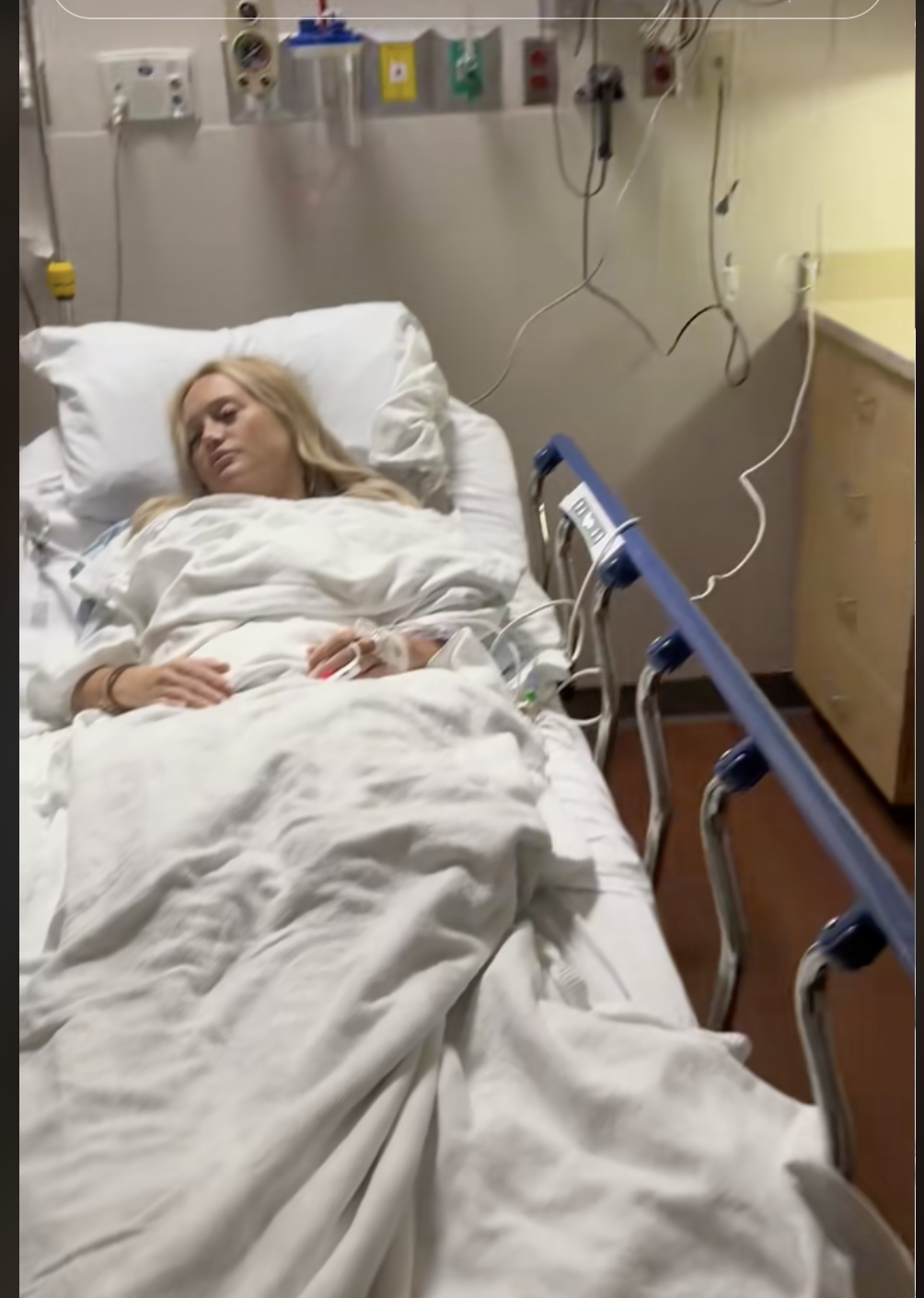The Unexpected Price of Beauty: Amanda Wolaver’s Journey with Iatrogenic Botulism
Amanda Wolaver, a Georgia mother of three, enjoyed regular cosmetic treatments as part of her self-care routine. This seemingly innocuous habit took a devastating turn, leaving her paralyzed and fighting for answers. This blog post details her harrowing experience, highlighting the potential unforeseen consequences of even common cosmetic procedures.
A Routine Appointment, a Life-Altering Event
Amanda, a sales director balancing family life with her career, considered cosmetic enhancements a normal part of her life. On August 24, 2023, she received Botox injections at a reputable Atlanta clinic – a seemingly routine procedure she’d undergone many times before. However, this time was different. That evening, a severe headache emerged, escalating into a frightening inability to walk or speak by the following morning.
A Two-Year Odyssey for Answers
Initial emergency room visits yielded inconclusive results, dismissing her symptoms as a migraine. Despite worsening dizziness, weakness, and debilitating sensitivity to light and sound, subsequent hospital visits and CT scans revealed nothing overtly abnormal. Her condition rapidly deteriorated; Amanda could no longer perform basic tasks, her husband becoming her sole caregiver.

The Long Road to Diagnosis
Referrals to specialists initiated a frustrating and lengthy diagnostic journey. MRIs finally revealed evidence of multiple transient ischemic attacks (TIAs), or mini-strokes. The cause remained elusive, even after extensive testing, including spinal taps and the implantation of a cardiac monitor. Doctors explored various possibilities, leaving Amanda feeling like a medical experiment amidst a blur of hospital visits and invasive procedures. All the while, she experienced relentless brain fog, dizziness, and overwhelming fatigue.
A Self-Driven Investigation
With her health deteriorating and doctors stumped, Amanda took matters into her own hands. She turned to online support groups, connecting with others who experienced similar symptoms after cosmetic injections. These shared experiences solidified her suspicion: her illness was linked to the Botox.

The Breakthrough and the Diagnosis
Fueled by this newfound understanding, Amanda pursued private medical testing, incurring significant costs. The results confirmed her theory: she suffered iatrogenic botulism, a rare complication from botulinum toxins used in cosmetic injections. The TIAs had left visible damage on her brain scans, leading to her paralysis and other debilitating symptoms. The diagnosis, while devastating, provided the long-awaited answers and explanation for her suffering.
Understanding Iatrogenic Botulism
Iatrogenic botulism is a rare but serious condition. It occurs when botulinum toxins, the same ones used in Botox and Dysport, spread beyond the intended injection site, impacting the nervous system. This can result in various neurological symptoms, including headaches, facial paralysis, muscle weakness, and, as in Amanda’s case, TIAs. While Botox and Dysport are generally safe under medical supervision, iatrogenic botulism remains a known, albeit rare, risk.

Recovery, Resilience, and Advocacy
Amanda’s recovery has been slow and challenging. The diagnosis, while providing clarity, did not offer a direct cure. She embraced lifestyle changes, including dietary adjustments and the removal of breast implants, to support her body’s natural detoxification process. While she’s seen some improvement, the lingering effects of the strokes and botulism continue to impact her daily life.
A Message of Awareness
Amanda’s journey, shared publicly through TikTok, serves as a powerful reminder of the potential risks associated with even seemingly harmless cosmetic procedures. Her story underscores the importance of listening to your body, advocating for yourself, and seeking medical attention at the first sign of unusual symptoms. She has also used her platform to promote the significance of regular health check-ups, emphasizing preventative care after being diagnosed with and successfully treated for precancerous cervical cells.

Amanda’s Legacy: A Call for Caution
Amanda’s experience stands as a cautionary tale. While cosmetic procedures can enhance appearance, they should not come at the cost of one’s well-being. Her story highlights the critical need for informed decision-making, thorough research, and open communication with healthcare providers before undergoing any cosmetic treatment. Amanda’s strength and advocacy offer hope and a vital message to others: prioritize your health, listen to your body, and never underestimate the power of seeking answers.
Disclaimer: The information in this blog post is for informational purposes only and does not constitute medical advice. Always consult with a qualified healthcare professional before making any decisions related to your health or treatment.


